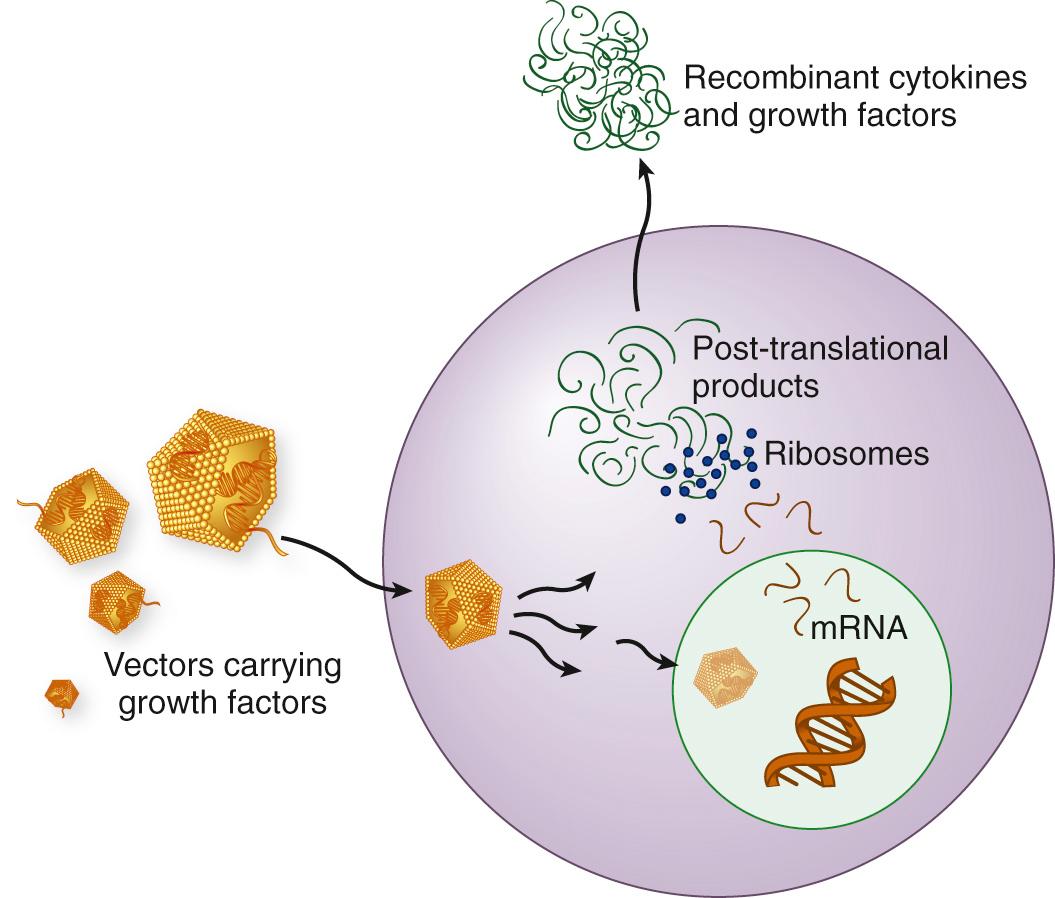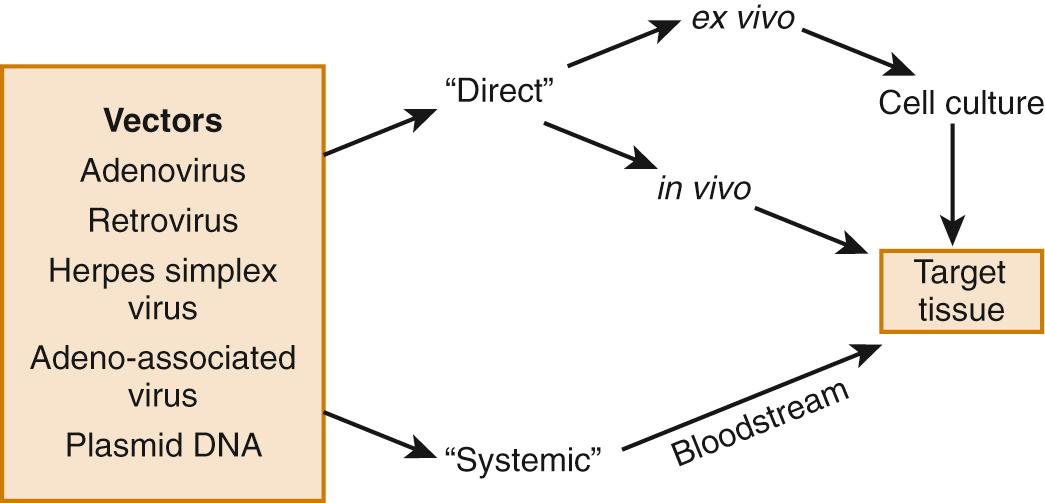Physical Address
304 North Cardinal St.
Dorchester Center, MA 02124
* The authors are grateful for the editorial assistance of Ryan J. Warth, MD (Department of Orthopaedic Surgery, University of Texas Health Science Center at Houston), Jorge Chahla, MD (Steadman Philippon Research Institute, Vail, CO), and Lavanya Rajagopalan, PhD.
The treatment of knee disorders has improved over the years as a consequence of new minimally invasive operative techniques, novel instruments, modern rehabilitation, medications, and increasing knowledge about the biomechanics of the knee joint. For the treatment of knee instability, sports medicine specialists focus on systematically addressing each injury, preventing degenerative osteoarthritis (OA), and allowing patients to return to their normal activities. Repair and/or reconstruction of ligamentous injuries using current techniques have been shown to restore near-normal knee stability with respect to anteroposterior translation, rotational motion (pivoting), and varus/valgus motion. In addition to addressing all other concomitant injuries (including meniscus tears and focal chondral defects), current techniques have also been shown to help to prevent premature joint degeneration—a process that dramatically reduces the long-term quality of life.
Despite the recent advances in technical proficiency for the treatment of knee disorders, there still exist numerous opportunities to improve the care of these patients, many of which revolve around enhancing the biologic healing capacity of the injured tissues. Ligament, tendon, meniscus, and articular cartilage are tissues with inherently deficient blood supply, low cellular density, and low cellular turnover, properties that render these tissues, especially those that are exposed to synovial fluid, incapable of spontaneous healing after injury. As a result, these tissues heal very slowly, if at all, and the repaired tissue is known to be biomechanically inferior to that of native tissue.
Various cytokines and growth factors have been identified as being capable of modifying the healing processes of many musculoskeletal tissue types. Growth factors are small peptides that can be synthesized both by resident cells at the site of injury (eg, fibroblasts, endothelial cells, mesenchymal stem cells [MSCs]) and by infiltrating reparatory or inflammatory cells (eg, platelets, macrophages, monocytes). These peptides are capable of stimulating cell proliferation, migration, and differentiation, as well as the synthesis of extracellular matrix components, in different tissues. The genes encoding many of these growth factors have been determined and, using recombinant DNA technology, these proteins can be produced in large quantities to facilitate clinical application.
Although the direct injection of these human recombinant proteins has some beneficial effects on the healing process, their relatively short biologic half-life often necessitates very high doses and repeated injections. Another major limitation of using these human recombinant growth proteins to promote healing lies in their delivery to the injury site. Various strategies, including the use of polymers, pumps, and heparin, have been investigated to maintain the bioactivities of these proteins for prolonged periods of time. Although these approaches have proved capable of improving the local persistence of growth factor proteins, the results remain limited. Among the different methods developed for the delivery of therapeutic proteins, gene therapy remains a promising approach, although there still exist a number of challenges that must be overcome before these techniques can be widely introduced into clinical practice.
Gene therapy is a technique that relies on the delivery of cellular genetic information to cells to alter the expression of one or more genes to exert a desired effect. Gene therapy involves identifying a gene of interest, determining the method of transfer (in vivo vs. ex vivo), identifying a target cell (potentially stem cells), finding a method to control expression, and, finally, addressing safety and ethical issues involved in manipulating genetic material. Gene therapy was originally developed to allow researchers to manipulate germline cells for the treatment of heritable genetic disorders, but this method was greatly limited by insufficient technologies and considerable ethical concerns. However, with recent technologic advancements, the genetic manipulation of somatic cells has been heavily investigated for the regeneration of many tissue types. Gene therapy may become a valuable tool in musculoskeletal medicine for the targeted delivery of growth factors and cytokines, along with other genes that are known to enhance tissue regeneration. As a result, host cells near the site of injury will be able to express proteins that are capable of improving the healing process.
For therapeutic genes to be expressed, the transferred DNA must enter the nuclei of host cells where it either integrates into their chromosomes or remains separated from the host DNA in the form of an episome. Following the transcription of the modified DNA sequence, the resulting mRNA is transported outside the nucleus and serves as a matrix for the production of proteins (eg, growth factors, cytokines) in the ribosomes ( Fig. 4.1 ). Treated host cells can consequently express the desired growth factors and cytokines and become a reservoir of secreting molecules capable of improving the healing process.

Viral and nonviral vectors can be used for the delivery of genetic material into cells ( Table 4.1 ). Nonviral gene transfer (termed “transfection”) is usually easier and induces significantly less cellular toxicity and immunogenicity than does viral gene transfer (termed “transduction”); however, the overall use of nonviral gene transfection has become less common because of its limited efficiency and low gene transfer rates. Different approaches are being investigated to improve the efficiency of nonviral gene transfer (eg, the use of electroporation, liposomes, DNA-polycation complexes, the so-called gene gun ) but with limited success.
| Method of Gene Delivery | Vectors | Specifications |
|---|---|---|
| Nonviral | Liposomes | Low efficiency of gene delivery Low immunogenicity |
| DNA gene gun | Easy to produce | |
| DNA-protein complex | Infects mitotic/postmitotic cells Low cytotoxicity |
|
| Naked DNA | Immune rejection problems Low cytotoxicity/immunogenicity |
|
| Viral | Adenovirus | Infects mitotically active cells only Low gene insert capacity |
| Retrovirus | Low cytotoxicity/immunogenicity High persistence of gene transfer Low gene insertion capacity |
|
| Adeno-associated virus | High gene insertion capacity Limited size for gene of interest Requires helper virus for proliferation |
|
| HSV | Infects mitotic/postmitotic cells Immune rejection problems |
|
| Lentivirus | Transduces only dividing cells Potential for insertional mutagenesis |
Viral transduction is currently the most efficient and most reliable method currently available for the transfer of exogenous genetic material, although unfavorable risk to benefit ratios do remain as a result of safety concerns. Viral vectors have a native ability to enter target cells and express their own genetic material within the transduced cells of host tissues. Therefore, before viral transduction for gene therapy can be performed, all genes encoding pathogenic viral proteins must be deleted and replaced by the genes of interest in order to prevent the expression of harmful genes.
Common viral vectors used to transfer genetic material include herpes simplex virus (HSV), adenovirus (AdV), and adeno-associated virus (AAV), whose transferred nucleic acid sequences exist as separate episomes within the transduced cell nuclei. Lentiviral and retroviral vectors are also commonly used; their genetic materials integrate into the host genome, thereby allowing for long-term, stable expression of the inserted genes. Each of the viral vectors has a unique set of advantages and disadvantages that render them useful in certain situations but less useful in others (see Table 4.1 ). Although viral vectors display high efficiency of gene transfer to many cell types, their cytotoxicity (ie, HSV), immunogenicity (ie, AdV), and inability to transduce postmitotic cells (ie, retrovirus) limit their general applicability for gene therapy purposes. Consequently, new viral vectors with reduced cytotoxicity and immunogenicity are currently being developed. In general, for most musculoskeletal conditions, AdV, AAV, and lentiviral vectors are most frequently used in preclinical and laboratory studies.
Gene transfer to the knee and the musculoskeletal system can be achieved using various gene delivery strategies, which can be classified into two delivery types: direct and systemic. Systemic delivery of a viral vector consists of injecting the vector into the bloodstream, resulting in the dissemination of the vector to the target tissues. This approach offers a major advantage when the target tissue is difficult to reach by direct injection. Moreover, systemic delivery often effects better distribution of the vector within the targeted tissues because direct injection of the vector often results in localized expression at the injection site. The major disadvantages of this technology are the high amount of vector required and the lack of specificity of expression, because much of the vector is disseminated into the lungs and the liver (major blood filter). Furthermore, the lack of blood supply in certain tissues, such as articular cartilage, portions of the menisci, and intervertebral disks, makes this approach inappropriate for some knee injuries and disorders.
Two main strategies for direct gene therapy to the musculoskeletal system have been extensively investigated. These strategies involve either (1) the direct injection of the vector carrying the desired genes into the host tissue (in vivo) or (2) the harvesting of somatic cells or stem cells from the injured tissue, genetic modification of these cells in vitro, and their reinjection into the tissue (ex vivo) ( Fig. 4.2 ). Although the direct in vivo method is less technically demanding, ex vivo gene delivery offers an additional layer of safety because the process of genetic manipulation takes place under highly controlled conditions. Furthermore, the ex vivo approach also ensures the delivery of genetically modified host cells, thus reducing the problems associated with low rates of in vivo gene transfer. In addition, numerous tests, such as tumorigenicity and toxicity assays, can be performed on genetically modified cells, making this approach safer than direct gene transfer technology. Approaches based on tissue engineering, which aim at using cells from different tissues to deliver genes (MSCs, muscle-derived cells, dermal fibroblasts), may bring additional advantages to the healing process in various tissues of the musculoskeletal system because the injected stem cells can also participate in the healing process. Selecting the appropriate procedure depends on various factors, such as the division rate of the target cells, pathophysiology of the disorder, availability of cells from the injured tissues, vascularity of the tissues, and type of vector used.

Become a Clinical Tree membership for Full access and enjoy Unlimited articles
If you are a member. Log in here